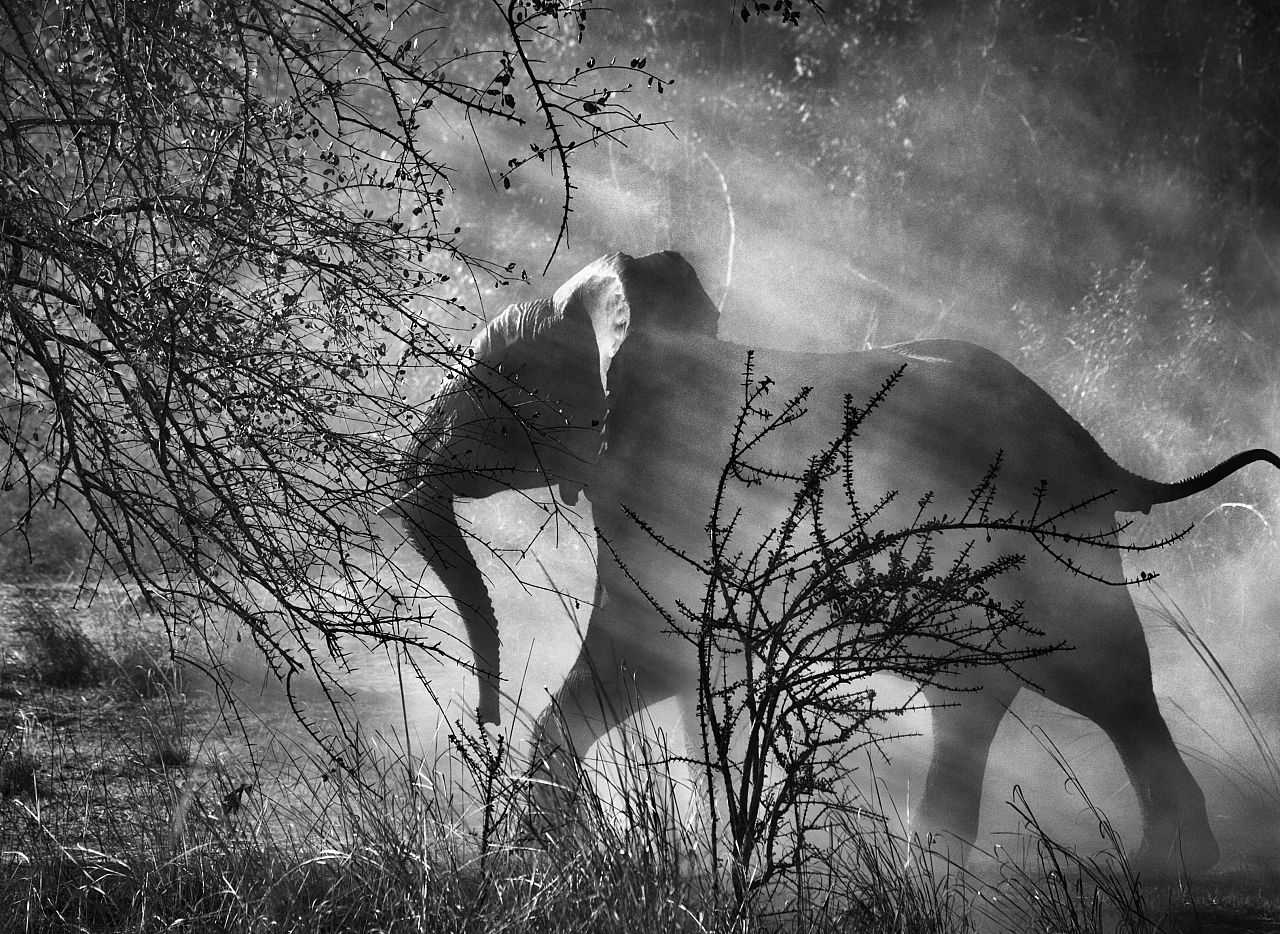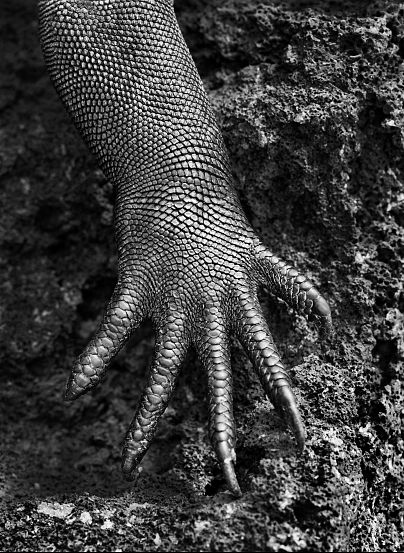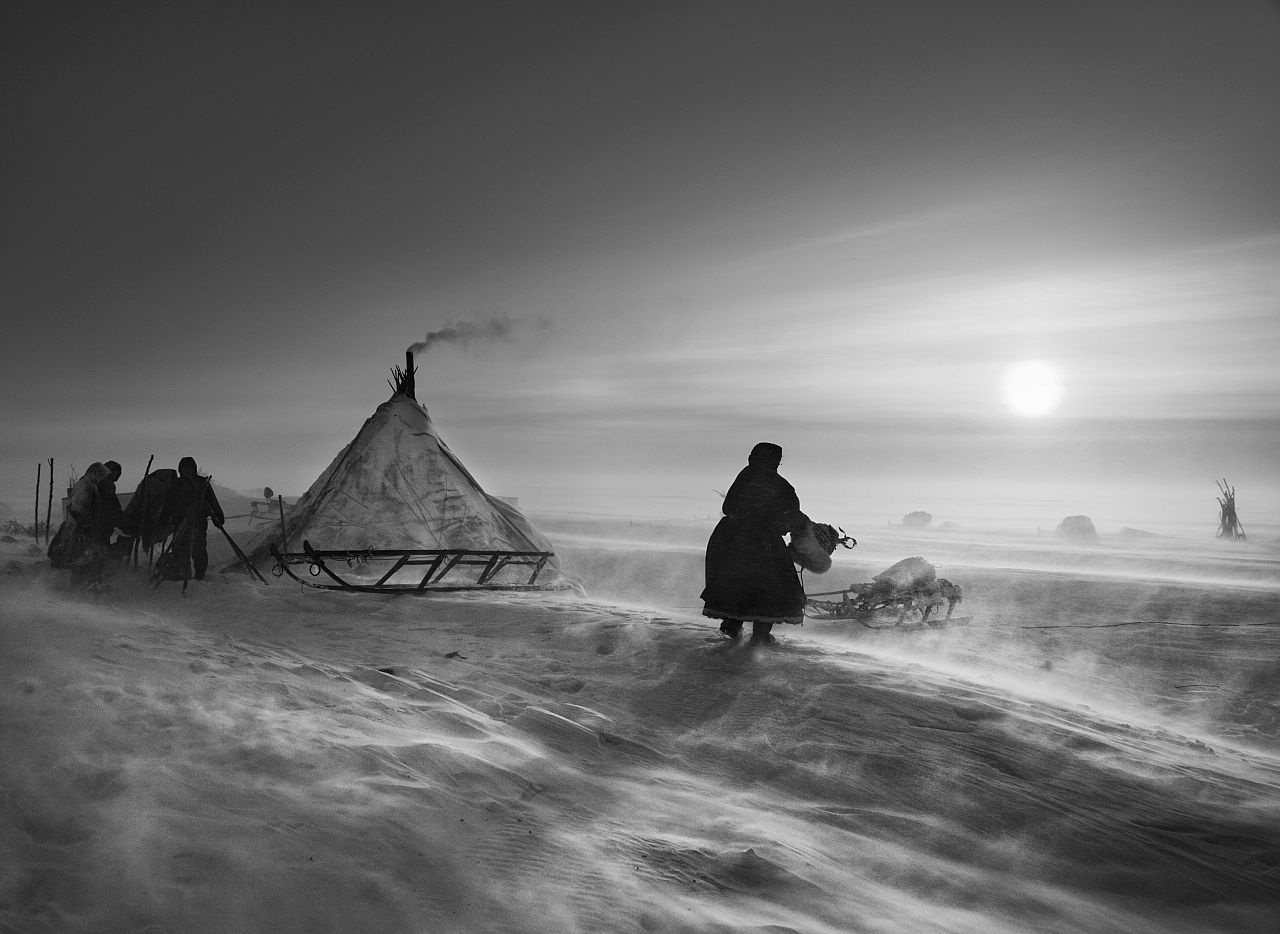Sebastião Salgado's "Genesis": A Photographic Giant Captures Humanity and Nature
The renowned Franco-Brazilian photographer Sebastião Salgado’s exhibition Genesis traveled around the globe for over six years - proof of its widespread appeal as well as the influence of his outstanding creations.
Culture managed to catch up with the photographer during the time when the stunning exhibition was being showcased. La Sucrière de Lyon , a former sugar factory and warehouse that has now become an exhibition space.
Genesis Is a photo album celebrating Earth featuring over 200 monochrome images. This project took eight years to complete and involved approximately 30 journeys across the globe.
Grown up on a farm in Brazil, Salgado harbored a profound affection and reverence for nature. However, he was equally attuned to how humans are impacted by their frequently harsh socioeconomic circumstances.
Over his extensive career lasting for several decades, he created various pieces of work, including a long-term project. Workers (1993) which captured the disappearing traditional livelihoods of manual workers around the globe. Migrations (2000) — honoring the movement of large groups due to famine, natural calamities, environmental decay, and population strain. Genesis , his "tribute to the Earth".
Rediscovering mountains, deserts and oceans
The exhibition emerged from an extensive eight-year journey aimed at uncovering uncharted mountains, deserts, oceans, as well as the wildlife and communities that had remained untouched by contemporary civilization until then. It showcased the landscape and existence of what could be considered a world still pure and undisturbed. This initiative, alongside the work of the Salgados’, Instituto Terra , are committed to showcasing the splendor of our Earth, undoing the harm inflicted upon it, and safeguarding it for generations to come.
Salgado journeyed on foot, via light aircraft, sea-going ships, canoes, and even balloons, braving intense heat and cold as well as hazardous environments to produce a series of photographs capturing the stunning elegance of nature, wildlife, and native communities.
Using only black-and-white photography, he created a visual ensemble with such an extreme precision, that even the smallest details seem to infinitely develop.
"As you observe an exhibit like this, Genesis, it's really the earth, the animals connected to the earth and also Man" explained Sebastião Salgado. "I'm still taking photographs of humankind. I've just finished seven years working in the Amazon with indigenous communities. Mankind, he's an animal of this earth, an animal like any other, we're in the animal kingdom."
Monochrome images have turned into the photographer's signature style. He elaborated on his choice to refrain from using color photography.
"In 1986, I did a story in Brazil which was published in 1987 about a gold mine there, it was because of this gold mine story that all magazines went back to doing black and white," he said.
"This story was so strong, it was widely published by large magazines, which increased my visibility to such an extent that at the time there was a big return to black and white photographs. I have much to be grateful for this return to black and white, because I've stayed in black and white ever since and never returned to colour."
Back to nature
If the environment is now on everybody’s radar, for Salgado, little has changed. He believes Mankind needs to go back to nature and make a spiritual return to the planet. He says efforts so far to save the planet have been resoundingly unsuccessful.
"We have COP 21 that took place in Paris five years ago and despite everything that was put forward, nothing was done," he says. "Do you know why? Because we don't invite real people, we don't invite people who are linked to the earth, to the planet, it's a meeting of urban people."
His favorite domain still remains the Amazon. Alongside his wife Leila, who also serves as the curator, 'Genesis , he embarked on a massive undertaking two decades ago. He chose to restore the trees that were lost from the 750 hectares of his late father’s property. His aim was to rejuvenate the ecology in an area affected by deforestation and extensive land usage.
Last year, we planted around 2.5 million trees, possibly up to 2.7 million, and currently, we're gearing up to add another million trees to what has been sown so far," he elaborates. "The reason being, previously this area was worn out, lifeless, and devastated but now the earth is fertile once more. This is our chance to cultivate trees that can thrive here for centuries—trees meant to stand strong for 500 or even 1,000 years; species requiring nutrient-rich ground and shelter to flourish.
Sebastião Salgado passed away on Friday, 23 May, 2025. The original publication date of this article was 20 February 2020.





Post a Comment for "Sebastião Salgado's "Genesis": A Photographic Giant Captures Humanity and Nature"